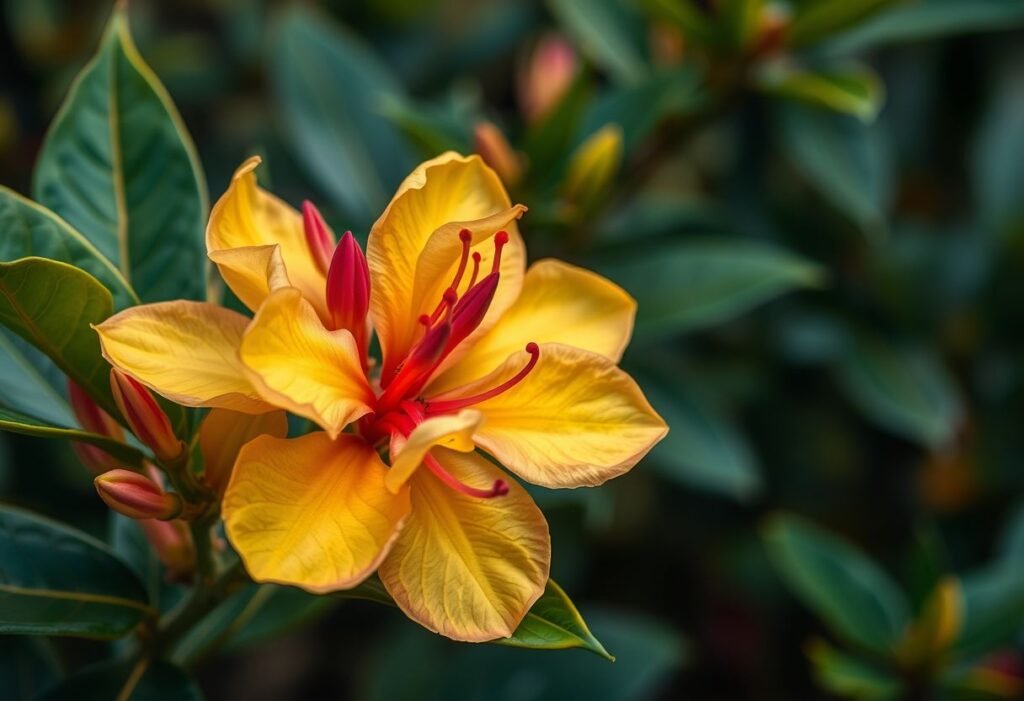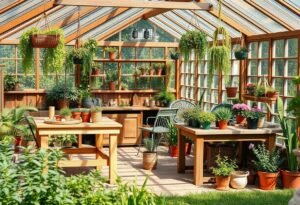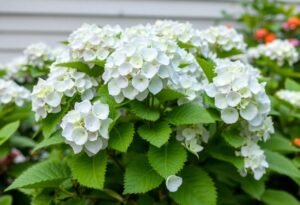Understanding Oleander
Oleander (Nerium oleander) is a shrub hailing from the Mediterranean region and enjoys widespread popularity globally. Its stunning flowers, available in various colors, along with evergreen leaves, attract not only gardeners but anyone who appreciates aesthetics. However, the cultivation of this plant requires careful consideration of its toxicity. Oleander is an extremely poisonous plant, and all its parts—flowers, leaves, and even stems—contain dangerous chemical compounds.
The Toxic Compounds
The primary active ingredients in oleander are cardiac glycosides, which can be hazardous to humans and animals. Consuming any part of the plant can result in severe symptoms, such as nausea, vomiting, abdominal pain, and even disturbances in heart rhythm. These toxins have particularly dangerous effects on small children and pets.
Signs of Poisoning
Oleander poisoning can lead to serious consequences, and in some cases, even death. Symptoms of poisoning may include:
– Burning and itching sensations in the mouth,
– Breathing difficulties,
– Digestive disturbances,
– Dangerous heart rate changes.
If you suspect that someone has ingested oleander, contact a medical professional immediately. This could save a life.
Safety Measures for Growing Oleander
If you dream of having a beautiful garden with oleander in it, there are ways to minimize risks. Here are some tips:
1. Plant oleander in areas inaccessible to children and pets.
2. Inform guests about oleander’s toxicity when they enter your garden.
3. Use gloves when pruning or caring for the plant.
4. Remove fallen leaves to avoid accidental contact.
Safely Enjoying Other Plants
If oleander’s toxicity raises concerns, consider exploring alternative plants that pose less risk. Here are some safe alternatives:
– Lantana: a beautiful flowering plant that attracts butterflies.
– Hibiscus: features large, vibrant flowers and is safe for children.
– Strawflower: an ornamental plant that withstands drought well.
Less Toxic Oleander Varieties
Some varieties of oleander may contain fewer toxic compounds, making their cultivation safer. Examples of some safer varieties include:
– Oleander ‘Petite Pink’: a smaller shrub with pink flowers.
– Oleander ‘Hardy Pink’: more cold-resistant and also in shades of pink.
Conclusion
Oleander is a stunning but highly toxic plant. No matter how alluring it might be, it’s crucial to consider all the risks associated with its cultivation. With proper precautions, one can enjoy the beauty of the garden with minimal risk. Remember to prioritize the safety of yourself and your loved ones!
Disclaimer
This article is for informational purposes only and does not replace medical advice. If contact with oleander occurs, consult a healthcare professional.

















